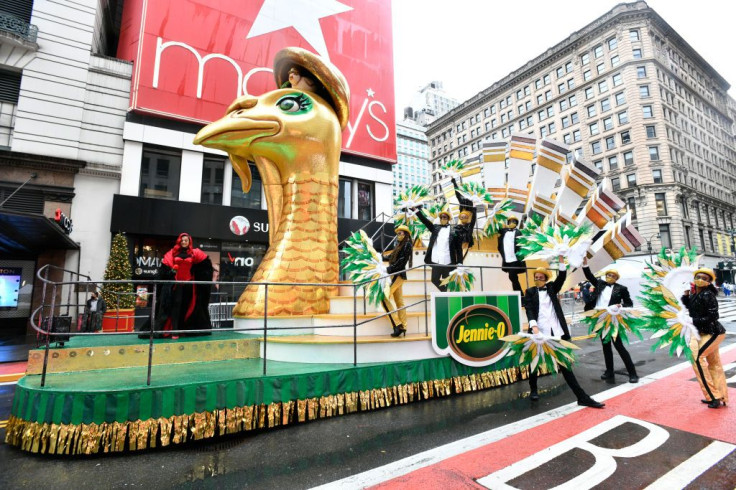Holidays are seasons and reasons to celebrate but many may not actually know the real history embedded in these festive celebrations. Not all Americans celebrate Christmas, but Thanksgiving is an American holiday tradition strongly rooted in history where people come together with an ode to gratitude and the grace of perseverance. Invites are sent out to friends and family to commit to that particular 4th Thursday in November in their calendars to come home.
This year, calendars bear a promising highlight on Thursday, Nov. 25, the day of Thanksgiving. Americans find a flicker of hope to celebrate the holiday in the wake of a somewhat lulled pandemic brought on by continuous vaccination efforts around the globe.
What was so special about the last Thursday of November?
Before Thanksgiving was recognized and declared an official holiday, President George Washington issued a proclamation stating Nov. 26, 1789, which fell on a Thursday, a day of “public thanksgiving and prayer.” However, it was not until 1863 that President Abraham Lincoln declared that Americans should recognize every last Thursday of every November as day of giving thanks.
Since 1870, Thanksgiving was an official national holiday, but in a different page of history, President Roosevelt issued a proclamation that Thanksgiving should occur on the second or third Thursday of November citing concerns on the shortened Christmas shopping season and its effect on businesses being that at the time, the country was still reeling from the Great Depression.
Roosevelt’s decision caught up with some controversy, leading the House and Senate to pass a resolution declaring the fourth Thursday of November as Thanksgiving in October 1941. This would address any such shopping concerns of hurting the Christmas shopping season in certain years when November would have five Thursdays,
Historians say this particular day of the week was chosen because early Puritan settlers observed Sunday as Sabbath, and the days prior are purposely scheduled not to interfere with traditional practices. Fridays were also common days allotted for fasting, which makes it a great inconvenience for those who observe this.
Who got the turkey?
Historians debated on the bird’s attendance during the first Thanksgiving celebration as the Wampanoags brought deer and the Pilgrims served an unspecified wild “fowl”. This wild fowl could well have been a wild turkey as they were native to the area. Then again, some historians say, it was probably duck or geese. And because turkey was an affordable meat at the time and was in abundant supply, it became the official Thanksgiving meat throughout the 19th century.

© 2025 Latin Times. All rights reserved. Do not reproduce without permission.





